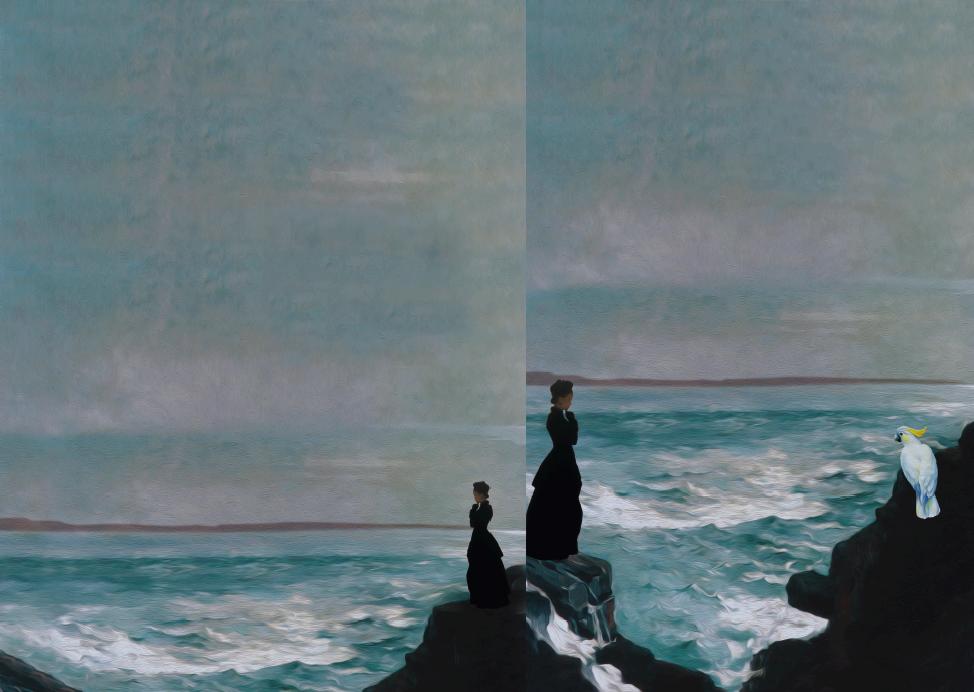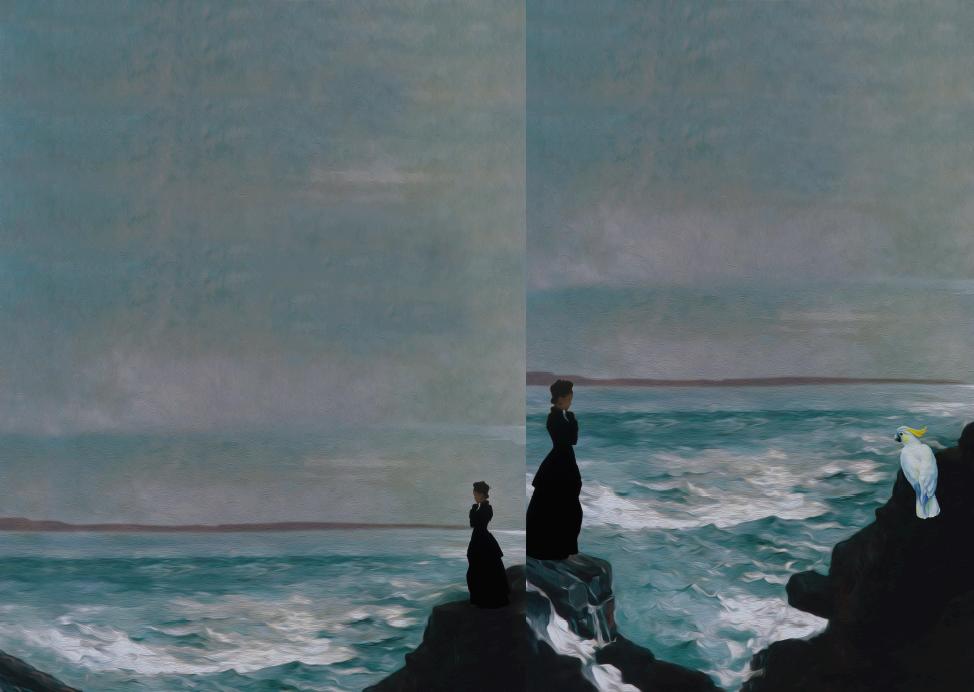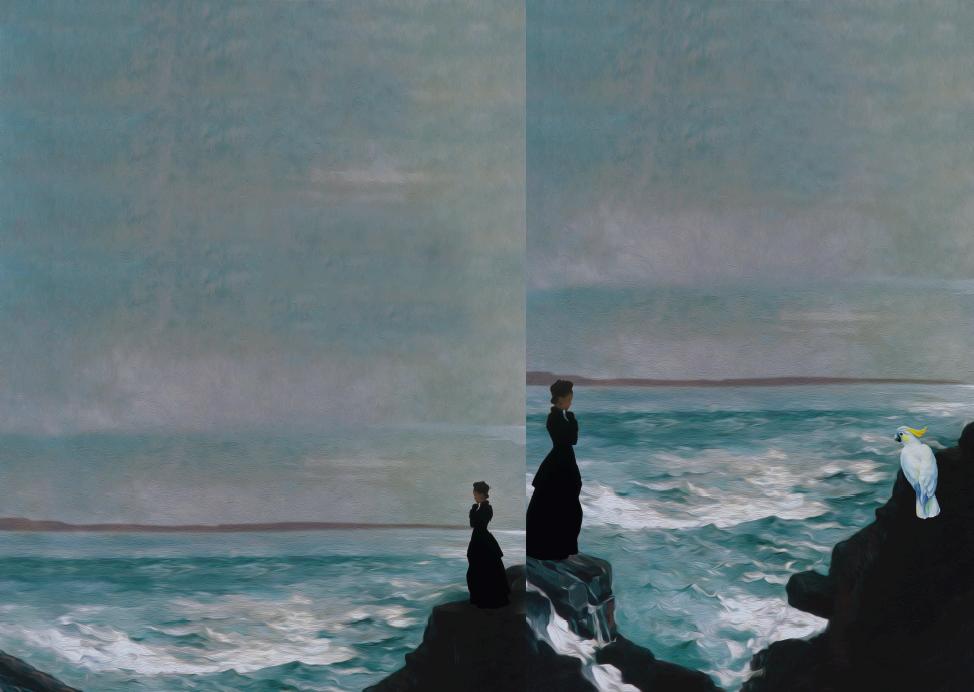BOOK CLUB guide








The novel is set during the late 1800s, an incredibly challenging time for women without financial means or security. How does the author use the backdrop of this period to explore themes of freedom, morality and societal expectations, particularly for women?
Despite their circumstances at Biloela, there are friendships and relationships amongst the girls, particularly in the character of Josephine and her care of the Tunks sisters as well as the relationship between Amelia and Annie. Discuss the portrayal of female friendship and solidarity in the novel.
Mrs Hopkins initially faces uncertainty and challenges as she navigates her new role at the school. Would you say she adapts quickly to the environment? Why or why not?
The Superintendent Mr Crabback suspects Mrs Hopkins of being a hysteric and, later in the novel, also capable of witchcraft. Why do you think he and so many of the other characters are quick to jump to this accusation?
Was Mrs Hopkins a good teacher? What do you think about the methods she used to wrangle the girls?
What do you make of Mrs Hopkins piety - is it all an act? Given her treatment of Mrs Dunstable do you think she lives by these values?

There are both tragic and comic elements in Mrs Hopkins, from the rebellious behaviour and language of the girls to the horrors they endure at Biloela. How does this mix of tragedy and comedy contribute to the overall tone and message of the novel?
Discuss the characters of Josephine, Amelia and Mr Crabback and their effect on Mrs Hopkins. Would you say Mrs Hopkins is better or worse off for her time at Biloela? What effect would you say she had on these characters?
What other works of historical Australian fiction would you compare Mrs Hopkins to? What would you say sets it apart?
Discuss how the author’s research and attention to historical accuracy enhance the storytelling experience. What aspects of the period did you find most compelling or surprising?
Explore the significance of the historical setting on Cockatoo Island. How does the island contribute to the atmosphere and themes of the story? How does the natural environment mirror the characters’ internal struggles?
Mrs Hopkins believes she is being haunted by her young deceased daughter and two other spirits, do you think the ghosts in Mrs Hopkins are real or a manifestation of Mrs Hopkins’ own grief and guilt? Why or why not?
Do you think Mrs Hopkins redeems herself at the end of the novel? Why or why not?

At the very end of this book, is a horrifying account of the Biloela Industrial School for Girls that housed girls of the same age group in Mrs Hopkins (3-18 years old) with the intention of providing care, education and training to be hired into domestic service. Instead, they were physically abused, forced into solitary confinement for days, and had little to no hope of a future outside of the island.
[Passage from Mrs Hopkins, page 429]
‘There seems to have been remarkably little compassion for their plight; in fact, on the whole, girls were despised and vilified by the public. This from Sydney Punch (26 July 1871) is typical:
'They are of the most untameable breed, and the Government having caught and caged them at Cockatoo Island, is through its officials, abused, slanged, pelted and clawed by them daily. They have no respect for King, Kaiser, Constitution, Colonial Secretary or Constable. They shriek and blaspheme in defiance of their pastors and masters and the classic shades of Cockatoo—now called ‘Biloela’ out of compliment to its fair occupants—are desecrated by the revels of nymphs whose goings on are really awful.’
[Passage from Mrs Hopkins, page 430]
‘Horrifyingly, as evidenced in the Commission witness testimonies, there seems to be almost no compunction about locking girls in these underground solitary confinement cells—one of which can be viewed to this day on Cockatoo Island. In the Commission testimonies, only Sister Mary Benedict, who would bring religious instruction to the Catholic girls on Sundays, expressed any protest:
Commission: You think that shutting them in the dormitories would be better than putting them in the cells?
Sister Mary Benedict: I would not put them down that hole at all I would not allow it; it is cruel in the extreme. I would not put them there myself; it would put a woman out of her mind. If I were put down there, I know I could not be put down the second time. I would die.’
You can read more about the history of school here: Island history: educational institutions | Cockatoo Island
If you enjoyed Mrs Hopkins…
The Bus on Thursday by Shirley Barrett
Bridget Jones meets The Exorcist in a devilishly funny new novel from the acclaimed filmmaker, screenwriter and author of Rush Oh!
South Solitary [2010] directed and written by Shirley Barrett
Set in 1928, Meredith is a 35 year-old unmarried woman who arrives at a remote lighthouse island with her uncle, the new head keeper. Starring Miranda Otto, Barry Otto and Essie Davis.